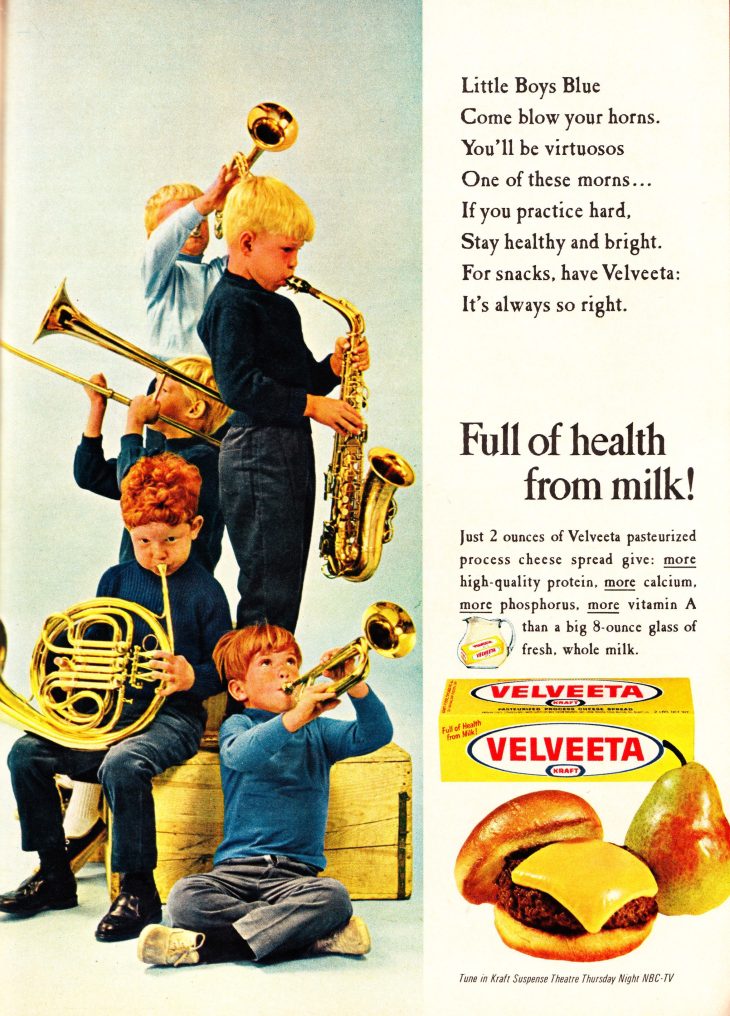
Word of the Day: Amalgamate
Today’s word of the day, thanks to Words Coach (https://www.wordscoach.com/dictionary), is amalgamate. Amalgamate is a verb meaning “to unite in or as if in an amalgam, especially: to merge into a single body” (https://www.merriam-webster.com/dictionary/amalgamate). Dictionary.com says that it can be a transitive verb (it takes an object), “to mix or merge so as to make a combination; blend; unite; combine,” or an intransitive verb (it doesn’t take an object), “to combine, unite, merge, or coalesce” (https://www.dictionary.com/browse/amalgamate). In both cases, there is a secondary meaning that has to do with metallurgy, “to mix or alloy (a metal) with mercury” (ibid.).
Etymonline.com says that the word appears in English in the “1650s, ‘mix (a metal) with mercury,’ a back-formation from amalgamation, or else from the obsolete adjective amalgamate (1640s) from amalgam (q.v.). Originally in metallurgy. The figurative transitive sense of ‘to unite’ (races, etc.) is attested from 1802; the intransitive sense of ‘to combine, unite into one body’ is from 1797” (https://www.etymonline.com/search?q=amalgamate). The entry adds that “Earlier verbs were amalgam (1540s); amalgamize (1590s)” (ibid.).
So the older form is amalgam, which appears “c. 1400, ‘a blend of mercury with another metal; soft mass formed by chemical manipulation,’ from Old French amalgame or directly from Medieval Latin amalgama, ‘alloy of mercury (especially with gold or silver),’ c. 1300, an alchemists’ word, probably from Arabic al-malgham ‘an emollient poultice or unguent for sores (especially warm)’ [Francis Johnson, “A Dictionary of Persian, Arabic, and English”], which is itself perhaps from Greek malagma ‘softening substance,’ from malassein ‘to soften,’ from malakos ‘soft’ (from PIE *meldh-, from root *mel- (1) ‘soft’)” (https://www.etymonline.com/word/amalgam). If you hear a note of uncertainty, don’t be surprised. As scientific as linguistics is, there is still much uncertainty.
So let’s talk about that term backformation. When we come across a word such as transformation, we logically assume that there was a word transform, and that a suffix was added to turn the verb into a noun. And in the case of transformation, we would be right. But sometimes we coin a word or borrow a word from another language, and that word has a suffix on it which makes us think, “Oh, if we have the noun amalgamation, there must be a verb amalgamate which became a noun with the addition of the –tion suffix.” And we’d be wrong. We derived the verb by dropping the suffix. So the formation of the variations on the word goes backwards from what we expect. Hence, a backformation. Here’s a Wikipedia list of backformations in English: https://en.wikipedia.org/wiki/List_of_English_back-formations.
According to On This Day, on this date in 1928, “Kraft, building on the original 1918 design, rolls out Velveeta cheese” (https://www.onthisday.com/events/june/2).
The cheese was invented by Emil Frey. Frey had been brought on as an apprentice to Adolph Tode, who had purchased the Monroe Cheese Co. in 1888 in Monroe, NY. Frey had created the Liederkranz cheese in 1891 (https://en.wikipedia.org/wiki/Liederkranz_cheese). But in that same year the company was sold to a cheese maker in Pennsylvania who was making Swiss cheese. That owner, in order to try to decrease the amount of waste in the cheese making process, sent chunks of the Swiss cheese to the Monroe plant to see if it could be used for something.
“It was during this time that Frey began taking broken pieces of cheese back to his house where he spent two years working on a process to make use of them. In 1918 he had his breakthrough, mixing cheese byproducts with the broken cheese bits to form a cheese blend that would become known as Velveeta. The name Velveeta was intended to connote a ‘velvety smooth’ product” (https://en.wikipedia.org/wiki/Velveeta). Frey created his own company to produce and market his new cheese, but eventually that company was shut down and Velveeta was bought by Kraft Foods, Inc. (now Kraft Heinz).
“In the 1930s, Velveeta became the first cheese product to gain the American Medical Association’s seal of approval. It was reformulated in 1953 as a ‘cheese spread,’ which seems silly by the standards of 2025 when plain cheese seems far healthier than a cheese spread with a variety of ingredients like “canola oil, whey, milk protein concentrate, milkfat, whey protein concentrate, sodium phosphate”; however, as of 2002, Velveeta is labeled in the United States as a ‘pasteurized prepared cheese product’” (ibid.). So Velveeta amalgamates a bunch of different things together to make something sort of like cheese.
A quick personal story about Velveeta. When I was growing up, my mom would occasionally make grilled cheese sandwiches, probably out of cheddar cheese. As a stay-at-home mother, she took pains making meals for her three boys (I was the youngest). But I did not care much for them. In fact, I wouldn’t eat my mom’s grilled cheese sandwiches, which was a bit of a shocker since I had the reputation of eating only one meal a day—it started when I got out of bed and ended when I got back in bed. Then one Saturday my parents had to go to Philadelphia, which was an hour or so away. I don’t know why. But they left us in the care of a neighbor, a Mrs. Reiman, if I remember correctly. And for lunch, she made us grilled cheese sandwiches. And I loved them. My mom was not exactly pleased that I would eat Mrs. Reiman’s grilled cheese sandwiches but not hers. So, what was the difference? Mrs. Reiman used Velveeta.
Today’s image is a 1965 Velveeta ad from Women’s Day magazine (https://flashbak.com/cheddar-nightmares-cheese-adverts-of-the-1960s-70s-25721/). By the way, I never learned to play a horn despite the seeming promise of this ad.